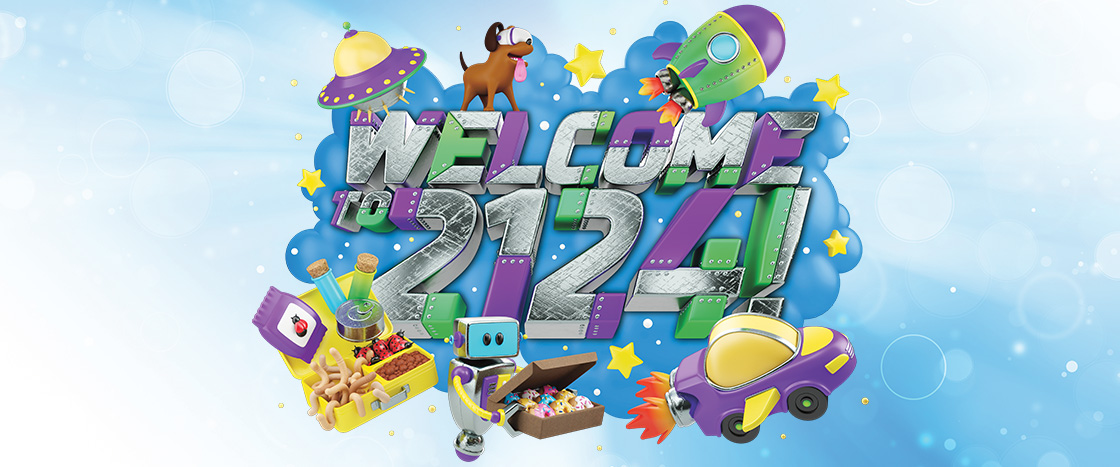Close your eyes and imagine that you’ve time traveled 100 years into the future.
What do you see? Kids getting rides to school in flying cars? Robots delivering donuts? Talking dogs?
Throughout history, humans have dreamed about what the future might be like. Some of these dreams have been shockingly accurate. In the late 1400s, for example, artist Leonardo da Vinci envisioned a helicopter-like flying machine—centuries before human flight even became possible. Others have been wacky and weird. In 1964, some experts forecast that by 2020, animals would be doing all our chores.
Today predicting the future isn’t as much of a guessing game as it used to be. In fact, it’s become an important area of study. Experts called futurists research changing trends in the world today to anticipate what might happen tomorrow. Then they work with government and business leaders to make plans for the future.
Read on to find out what life might be like in 100 years, according to some futurists.
Close your eyes. Imagine that you’ve traveled 100 years into the future. What do you see? Kids going to school in flying cars? Robots delivering donuts? Talking dogs?
Humans have always dreamed about what the future might be like. Some of these dreams have been very accurate. In the 1400s, artist Leonardo da Vinci envisioned a flying machine. Da Vinci had his idea centuries before there was human flight! Other predictions have been wacky and weird. In 1964, some experts forecast that by 2020, animals would be doing all our chores.
Today predicting the future isn’t as much of a guessing game as it used to be. In fact, it’s become an important area of study. Experts called futurists look at trends in the world today. They do this to anticipate what might happen tomorrow. Then they work with government and business leaders to make plans for the future.
Read on to find out what life might be like in 100 years, according to some futurists.

